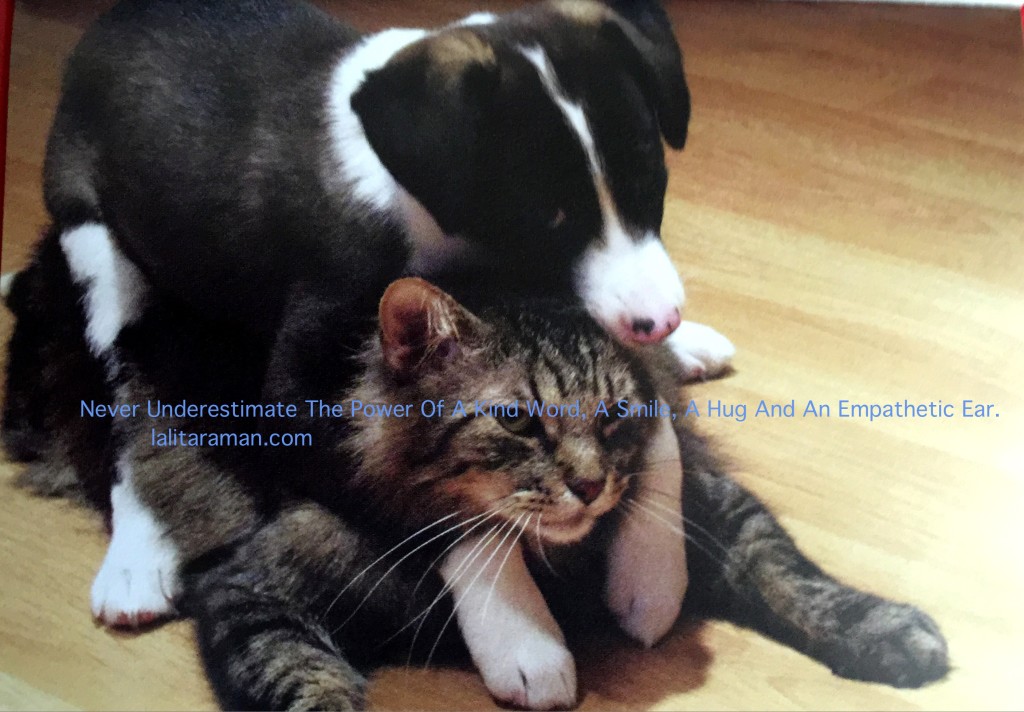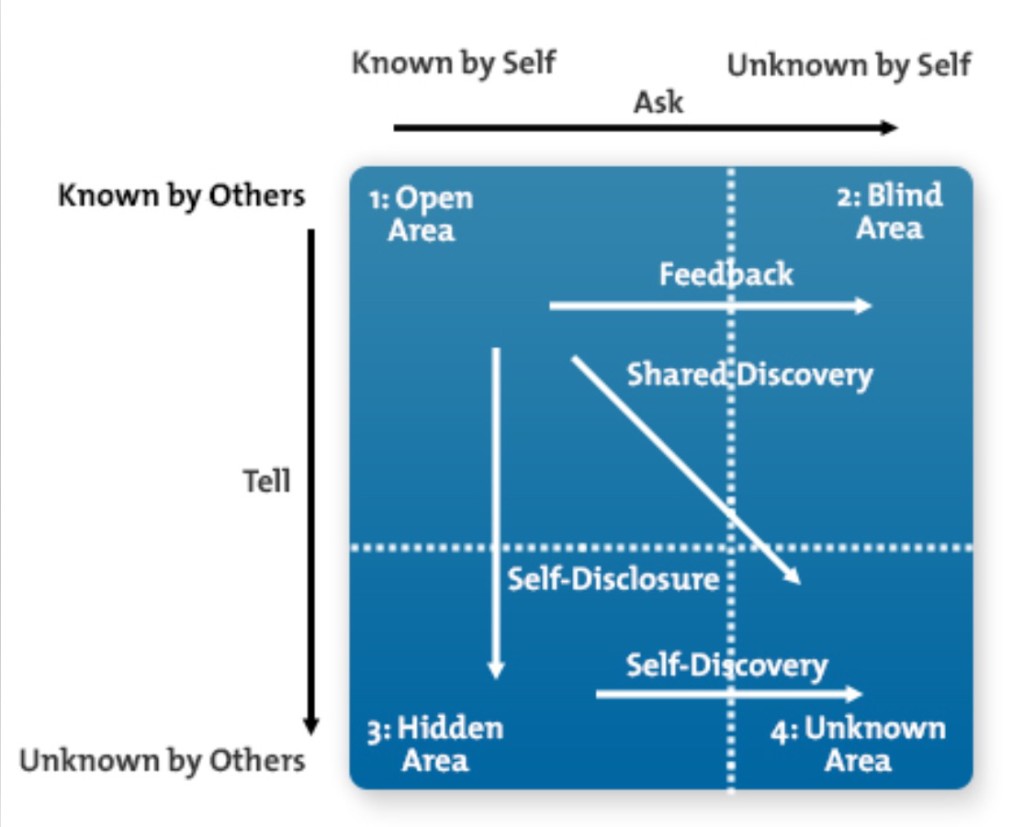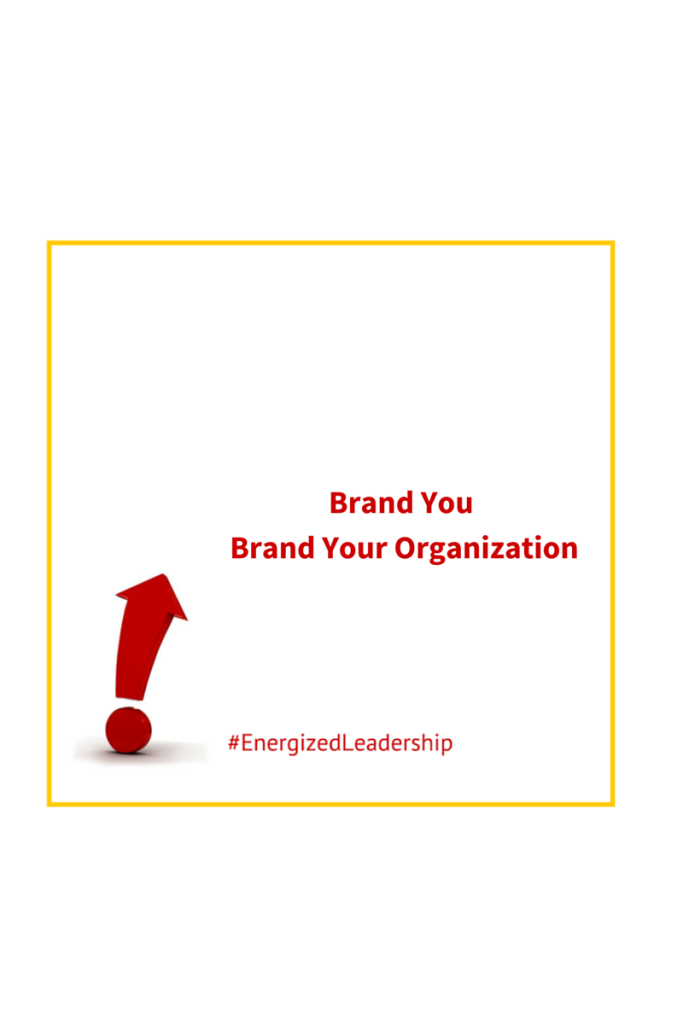Each day we are faced with decisions and also correspondingly we are faced with choices. Even not making a choice, is a choice you make.
From what time you get off your bed, skip your breakfast, the color you will wear, your reactions to letting things go, to remaining silent on issues- these are all decisions we make each day and these decisions are based on choices we make.
Have you heard remarks similar to
– Lucky you, you have no kids, so you can decide whenever you want, to take holidays.
– it is amazing how you always make time to work out
– I envy you for the flexible work schedule that you have
– your house is so clean, I wish I could keep mine clean too
– how do you manage to organize yourself so well, day in and day out.
Do you realize that each of the above is a matter of choice? By deciding to go with the flow is also a choice you have made. Yes when we are kids, most decisions are made by our parents. However, thereafter, our life is based on decisions we take as a result of the choices we make. Choices are at the core of the fine line between Yes and No.
Even in those moments in life when we feel we are taking chances, we are making choices. This may be a choice to do what we think is best at that moment in time.
You are making a choice in
→1. Who are your friends ?
→2. Who do you spend most of your time with?
→3. What typically is the theme of most of your conversations in your interactions?
→4. How do you talk about your upbringing and your parents?
→5. Do you use your sense of humor appropriately ?
→6. What type of books do you read?
→7. How often do you smile? Do you smile when you are overcome with anger to ease the emotion off?
→8. How do you react to injustice ?
→9. Do you tend to pass judgment and go with your bias?
→10. What do you eat most often?
→11. How important is time to you?
→12. How committed are you to your word?
→13. What type of movies and television programs do you watch ?
→14. How do you treat people who are of no significance to you ?
→15. How do you face and overcome challenges?
→16. What do you do in your spare time?
→17. Who are you when no one is watching ?
→18. How do you treat your body, mind and soul?
→19. What importance do you give to your health?
→20. What kind of clothes do you wear ?
→21. Do you take every chance to humiliate and insult someone else under the garb of sarcasm?
→22. Whose calls do you return?
→23. Do you choose to be a different person at home and socially ?
→24. Do you complain, criticize and condemn, most times?
→25. Do you hear or do you listen to understand ?
→26. Do you like to gossip ?
→27. What value does money play in your life?
→28. Do you tend to go with the flow or go with your inner voice?
→29. Do you disagree for the sake of disagreeing?
→30. How organized are you ?
→31. Do you always blame others for all your mistakes ?
→32. Do you accept your mistakes when you make one?
→33. How well do you use Sorry and Thank you ?
→34. How is your concentration on things you are doing ?
→35. Do you expect of others what you do not or wouldn’t do yourself?
→36. How do you manage emotions?
→37. How authentic are you in who you are and what you do?
→38. How do you treat feedback from others?
→39. How much do you allow your ego to control you ?
→40. How humble are you in your victories?
→41. What gets you out of bed?
→42. What angers you the most?
→43. Do you treat each person for who they are or do you tend to generalize and stereotype?
→44. What behaviors upset you ?
→45. How do you handle adversities that come your way?
→46. Do you consent to anything or do you want compliance to whatever you say?
→47. How do you take care of yourself?
→48. How much encouragement and appreciation do you give to your colleagues, team members, family and friends?
→49. When you have time, what do you reflect on?
→50. How do you communicate with people in your life?
The choices you make with respect to each of the above affects who you are. The above random list of 50 lays the framework for
What defines you?
What determines you?
Whom do you want to be ?
What choices have you made in the past and how could you have improved those for the current moment and the future ?
How are you making your choices?
Any transition in our life creates a challenge. A transition is about a choice when you make one and if you are part of a transition beyond your control, you make a choice in how you handle it.
To breakthrough an impasse, deal with Transitions and Enhance Your Executive Presence, connect with me.













